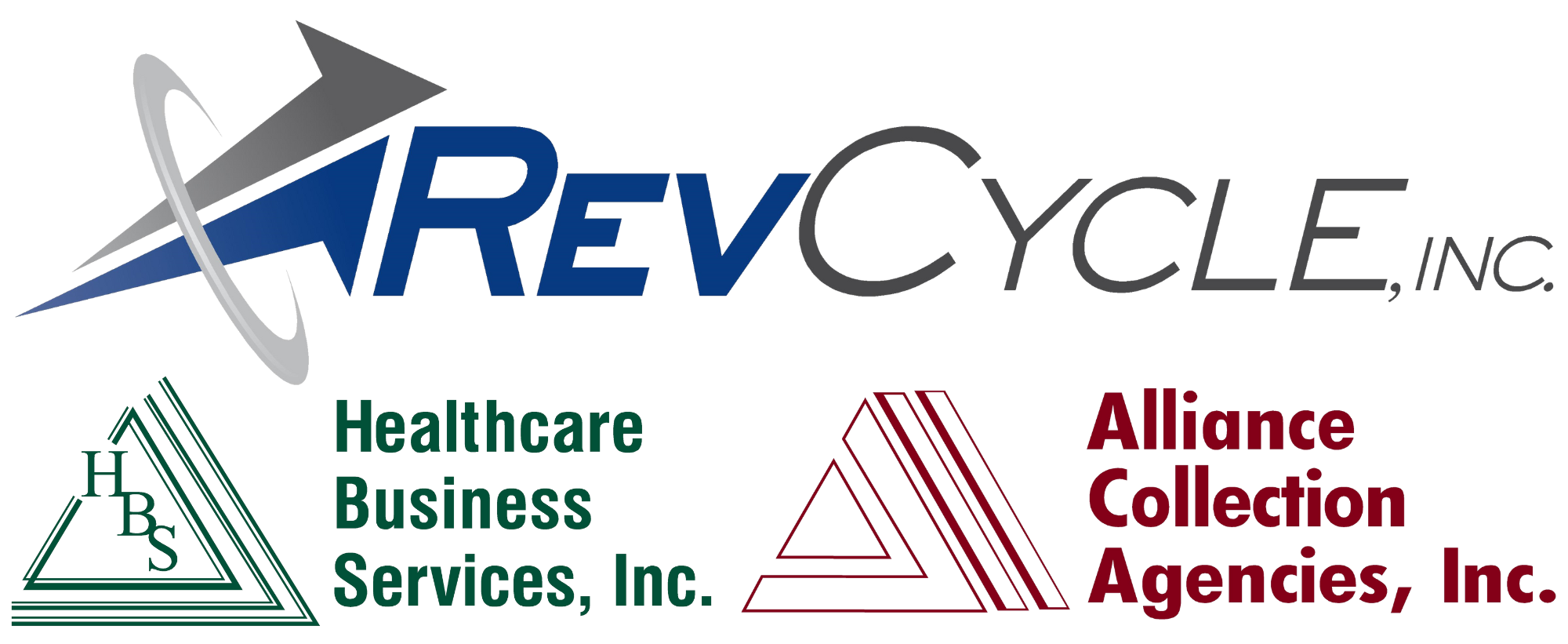The year 2020 has seen the healthcare industry forced to make changes on a scale unrivaled in recent memory. In many cases, the changes are in reality an exponentially increased utilization of already existing practices, such as more efficient digital communication, telehealth, and an increased focus on empathy-based patient service.
With this new normal forever altering the ways in which healthcare providers engage with patients, we take a look at what the patient experience and revenue cycle will be like in the days, months and years ahead.
Patient Experience in the New Normal
1. Evolving Patient Communication Methods
The transition to our new normal has revealed gaps in patient communication, as well as opportunities for improvement.
A SR Health survey of 1,169 patients before and during the pandemic uncovered a 7 percent decrease in patient satisfaction with healthcare communication. Even more distressing is the fact the numbers were poor to begin with…according to the survey:
- Only 10% of respondents described messages as timely
- Only 10% of respondents said “my questions were answered”
- Only 9% of respondents said “I feel heard”
The worst part is those are the before numbers. During the pandemic they dropped to 2, 3 and 0 percent respectively.
Zero percent of the 1,169 patients felt heard by their healthcare providers.
There is a silver lining, however. The survey data points to new opportunities to improve the quality of patient communication—opportunities that are both efficient and affordable for providers.
Now more than ever patients are showing an increased openness to new technology, including automated digital communication (email, text, chatbots, etc.).
Within that same SR Health study, 84 percent of respondents found automated communication desirable, with email the most popular method for scheduling, patient care follow-ups, financial communication, and patient education (such as flu shot reminders). Many respondents also noted the convenience of texting. At the same time, desirability of live telephone calls dropped by 14 percent.
These affordable methods can help healthcare providers improve patient communication and the overall patient experience without adding more staff.
2. The Rapid Rise of Telehealth

Before 2020, only one in ten patients had tried telehealth. But when 70-80 percent of in-person appointments were deferred, canceled or shifted to virtual in order to limit exposure, telehealth programs became a lifeline for thousands of patients. Patients have embraced that change, leading experts to predict more than one billion virtual care visits this year alone!
In an Accenture survey of 2,700 patients throughout the world, 9 out of 10 felt that the virtual care they received was as good or better than pre-pandemic. They cited quicker, more personalize responses and more convenient access. Sixty percent stated they want to use technology more for communication with their providers.
The necessities of social distancing have accelerated the adoption of telehealth, just as at-home diagnostic equipment has improved the level of care. Perceptions of telehealth as sub-par or impersonal have changed rapidly. Now that patients have discovered how convenient, effective and efficient it can be, many are likely to have no desire to go back to the old way.
Revenue Cycle in the New Normal
1. Digital Patient Access
This shift towards digital communication and telehealth will affect more than clinicians and office staff. Revenue cycle departments must reassess their more traditional patient experience models and decide where to invest in digital access.
Patients who experienced the streamlined ease of virtual check-in and time-saving online forms are unlikely to want to go back to sitting in a waiting room or filling out pages of paperwork on a clipboard. Remote eligibility checks and digital capture of patient medical history/billing information allow for a smoother, more productive visit for patients and a reduced chance of claim errors for providers.
2. Price Transparency & Payment Options
In 2020 more Americans lost their health insurance than any other single year in our nation’s history, which only served to increase the already significant demand for healthcare price transparency. Patient consumerism has been a growing trend for years, so their cost-conscious behavior is going to continue.
They are the new payor, and as such they are demanding to know how much they can expect to pay out of pocket before committing to a procedure, or at times even choosing a provider. Ideally, price transparency should include:
- Cost of care conversations
- Accurate out-of-pocket estimates (factoring in insurance coverage and deductible met to date)
- Cost distress and propensity to pay screening
- Patient financing and financial aid programs
For more of the topic of price transparency, we invite you to read these additional articles:
- Patient Friendly Revenue Cycle: Transparency in Billing
- What Patients Want: Improving the Patient Financial Experience
3. Renewed Emphasis on Efficiency
As elective procedures and a large portion of preventative care were brought to a screeching halt in 2020, the fallout was a financial crisis for many healthcare providers. As they continue to seek solutions to deal with the shortfall, there has been a greater emphasis not only on avoiding waste but on trying new methods to make the entire revenue cycle more efficient. Some of these include:
- Automated workflows to save time and reduce errors
- Revenue cycle outsourcing
- Payment Portals
- Automated communication
These solutions have always been good ideas worth consideration, and many providers found themselves highly motivated to implement them during this year’s financial struggles. These cost-saving measures will continue to optimize healthcare revenue cycles for decades to come.
Empathy-Driven Customer Service

We’ve learned a lot over this past year about our need for human connection, compassion, understanding and empathy. No matter how advanced automation becomes there is still no substitute for human interaction in healthcare—especially during “moments of truth.” Moments of truth are interactions that will have a lasting impact and involve large amounts of emotional energy, such as resolving an issue or making a life-impacting care decision.
In their new COVID-19 CX Impact Study, the Sitel Group found that 87 percent of U.S. and U.K. consumers feel that connecting with a live customer representative (whether via email, chat, or phone) is still the best way of resolving a critical issue. Though patients may prefer self-service methods such as chatbots, IVR, and automated text messaging for basic tasks (such as appointment scheduling and prescription refills), when the chips are down they still want a real person to help.
This resonates with us at RevCycle, as we’ve built our entire company model around patient respect and dignity. We believe the revenue cycle can’t be optimized unless it’s treated as a tool for patient retention, and that every patient touch point is an opportunity to build loyalty.
There are several ways we can help providers promote empathy-driven communication in their organizations:
- Reducing administrative burden on staff through outsourced collections and EBO services, so they have more time and energy to devote to “moments of truth” patient interactions
- Empathy-based patient communication training for staff
- Consulting for healthcare leaders
- Additional resources for communicating with empathy, especially in difficult times
In the new normal, the revenue cycle and patient experience will be about combining efficient technology and personal human connection. We’re here to help. Send us a message or call 888.576.5290 to schedule a phone consultation at your convenience. We’re happy to address any revenue cycle concern!

